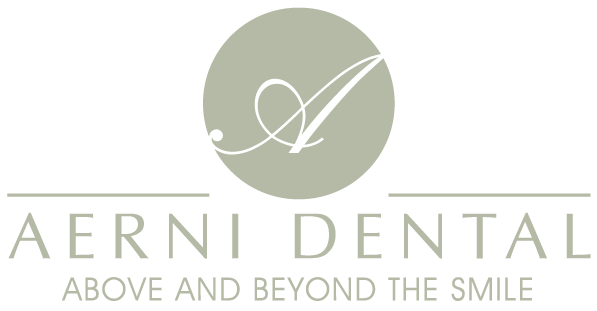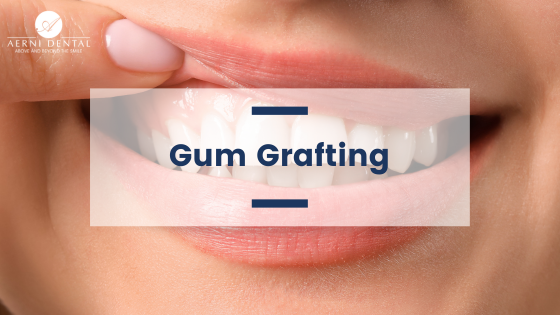What is gum grafting?
Gum grafting is a procedure typically used to treat severe gum recession, but it can also be used to improve the appearance of one’s smile. The procedure goes under a number of different names, including gingival grafting, gingival augmentation, and soft tissue grafting.
In the case of gum recession, gum grafts are used to reverse recession, covering exposed tooth roots to protect them from infection and decay. This can have the additional effects of treating sensitivity to hot and cold as well as improve the appearance of the teeth.
A successful gum graft will result in healthy gums that are properly attached to the teeth, preventing further deterioration of gum and bone tissue around the affected teeth. Gum grafting has been found to help regrow up to 50% of bone tissue lost to gum disease.
What does a gum graft involve?
There are three major types of gum grafting procedures that are usually performed. These are:
Connective-tissue grafts
A flap is cut into the palate (the roof of the mouth) from beneath which subepithelial connective tissue is taken and placed over the exposed tooth root.
Free gingival grafts
This procedure is similar to the connective tissue graft, except, instead of making a flap in the palate and using the tissue beneath, the tissue from the top-most layer is used. This type of procedure is more appropriate for those who have thin gums and require additional tissue to enlarge them.
Pedicle grafts
In cases where there is sufficient gum tissue around the tooth, a flap (called a pedicle) is partially cut and repositioned so as to cover the exposed root.
Tissue for gum grafts can come from other locations as well. Besides the top of the most, there is often extra gum tissue around wisdom teeth that can be used. Using this tissue often has the extra benefit of helping prevent gum disease around the wisdom tooth as well. A product known as Alloderm is also an alternative to using tissue from the patient.
What is recovering from a gum graft like?
If a sedative was used for your procedure, you will most likely need someone to drive you home afterward. You will be provided with special instructions to follow over the course of your recovery. Typically, you will want to avoid brushing and flossing the portion of the gum that was repaired until it has had a chance to heal. You will be advised on your diet as well, as you will want to be sure to eat cool, soft foods while your gums are healing.


